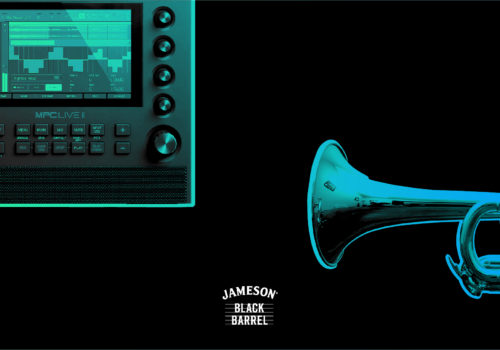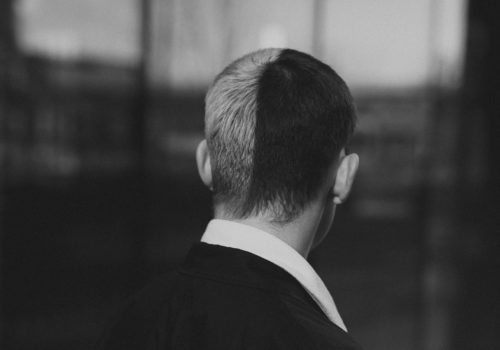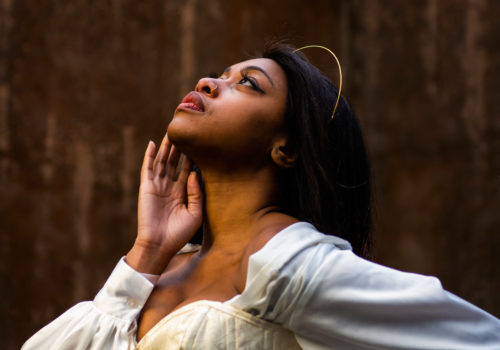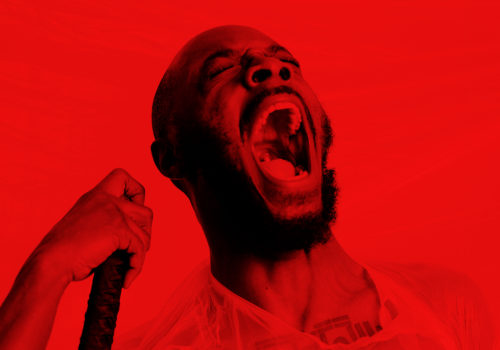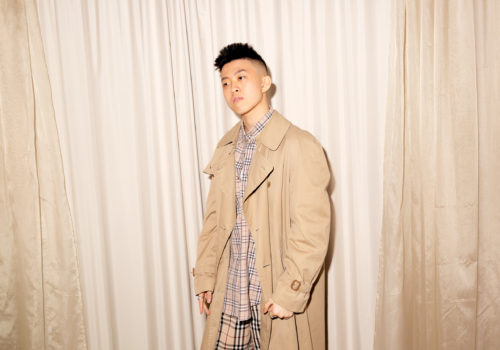6 artists at the forefront of Ireland’s jazzy revolution
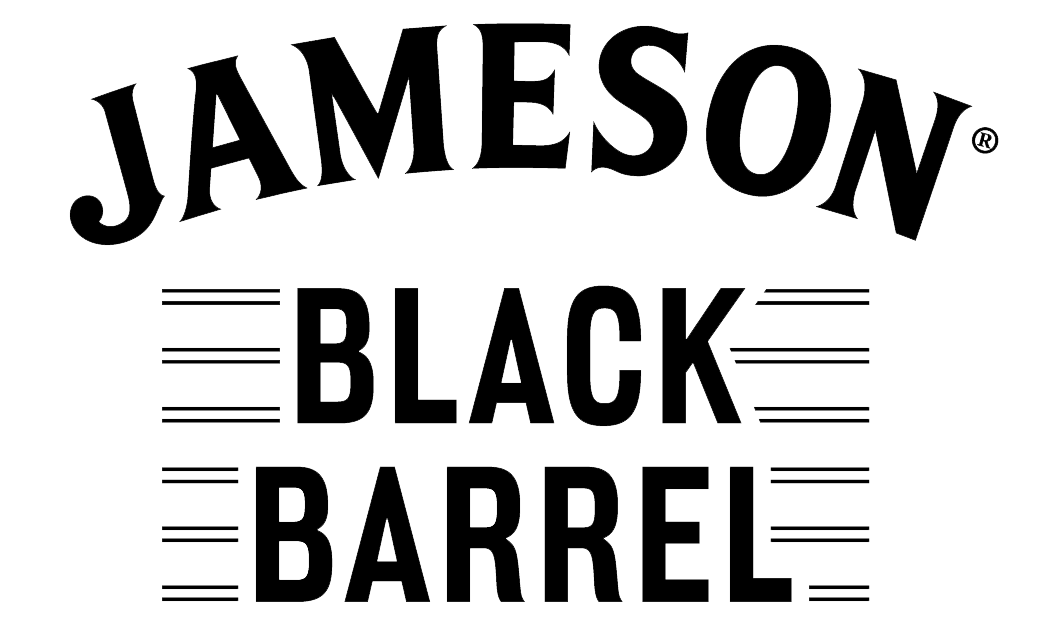




Words: Dylan Murphy
Artwork: Paul Smith


Over the years, we’ve kept a close eye on developments in hip hop and jazz across Ireland as the genres have interwoven as much as they’ve inspired each other’s evolutions. As part of the Jameson Black Barrel Smooth Series, we spoke to the acts at the forefront of this intersection about how they are pulling from a number of sounds to push new strains of music on their own terms.
For people born after the new millennium, hip hop and jazz’s smooth and frequent working relationship is a given. We’re living in a post-genre era where sampling and rapping are no longer confined to recognisable sub-genres, but are part of the inseparable soup of contemporary black music. Jazz drummers play ‘slugged’ rhythms in homage to legendary hip hop producer J Dilla, Robert Glasper’s jazz piano solos are all over Kendrick Lamar’s To Pimp A Butterfly and bands like The Internet owe as much to Odd Future as they do Herbie Hancock.
This genre-agnostic approach is a borderless phenomenon that is second nature to a generation of artists that listen to mood-based Spotify playlists and have likely never walked the disparate genre isles of HMV. For London-based Irish singer and songwriter Carrie Baxter, being raised on a diet of Norah Jones and Frank Sinatra before coming of age in the internet era and falling in love with hip hop meant the conditions were ripe for her to explore their relationships further.
“I started listening to hip hop then when I was a teenager because I started break dancing. So it was the likes of A Tribe Called Quest and Nas and I started coming across these jazz piano samples mixed with beats and I was like ‘What the hell is this?’ [Laughs]. That was the real turning point for me when I was like ‘wow you can mix these two things?’”


It’s a two-way street where Carrie’s own infatuation with hip hop and jazz whet her appetite to create while seeing trailblazers like Tom Misch creating and sharing music on their own terms emboldened her to do the same. You are as likely to see the London multi-instrumentalist’s pulsing beat tapes on Soundcloud as you are his soul-cleansing collaborations with esteemed jazz drummer Yussef Williams on legendary jazz label Blue Note Records. It’s not so much as a surprise as it is an expectation now to see innovative music finding audiences from totally different arenas.
“I think when people like Tom Misch started coming out, he was a bit of a poster boy for what we are talking about. Of course, he is highly skilled, but he was just like ‘I like this and this and I’m going to put them in the record and see what it sounds like'”, Carrie tells me.
“Around his era, there was this classical jazz versus new jazz wave and I’m late to the game, I’m riding the wave he’s created for everyone”.
Pray
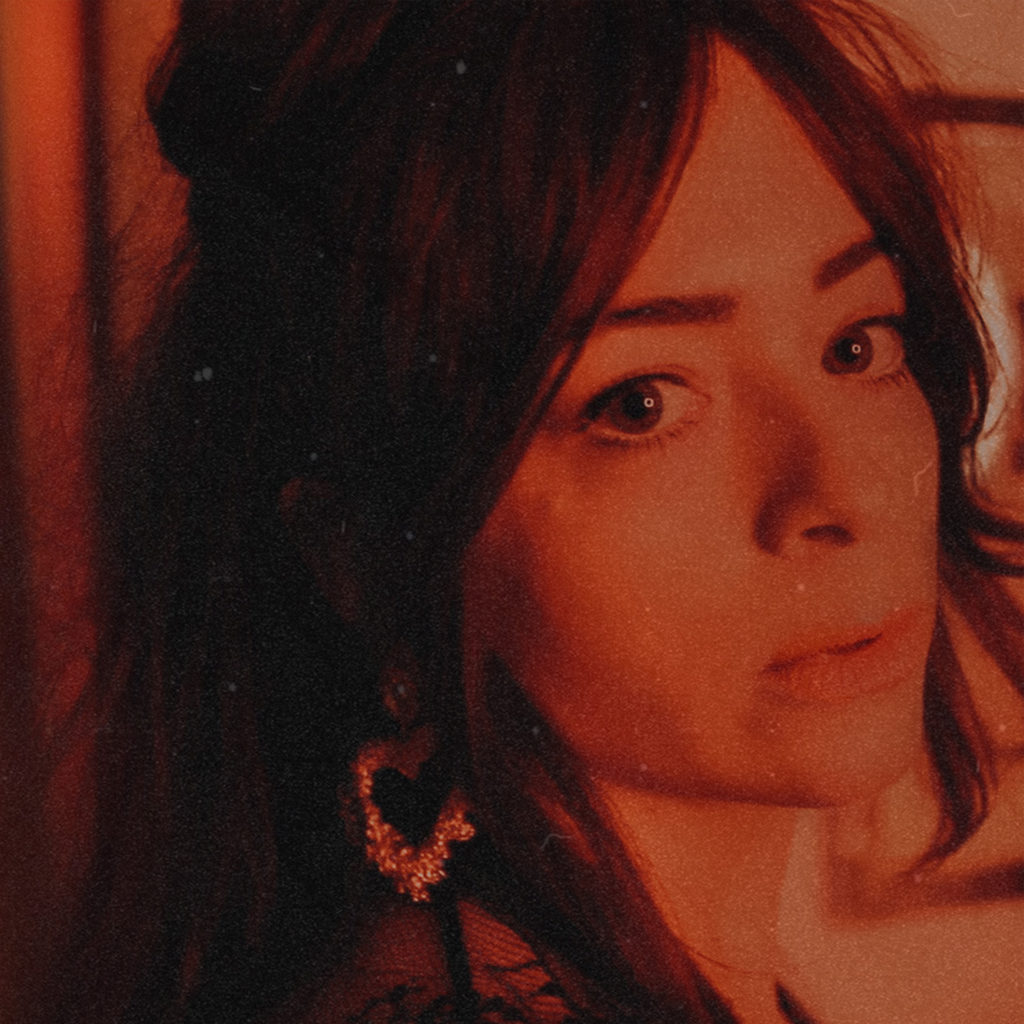

Carrie Baxter’s ‘Pray’ marries the kind of head nodding drums you’d find in a golden era hip hop classic with her own unmistakable vocals. It’s easy to see where the comparisons to Erykah Badu and Amy Winehouse come from.
Much like Carrie Baxter, Carlow Jazz-fusion drummer and producer Auxiliary Phoenix’s entry point to jazz came through a love of hip hop. However, rather than finding ways to mix the sounds he loved, he found joy in deconstructing his favourite records in the spirit of hip hop’s crate-digging culture.
“There was this record store that opened in Carlow and I was digging in the cheap bins and found a bunch of what would be jazz-fusion music. Like Return to Forever and Mahavishnu Orchestra and a couple of those sort of bands from the 70s”, he says.
“The more records I found, the more records that I found that had been sampled in hip hop. So I would find a record Dilla sampled in a De La Soul track and I’d be like ‘oh sh*t that’s where the secret sauce comes from!’. Then I started really seeking it out.”
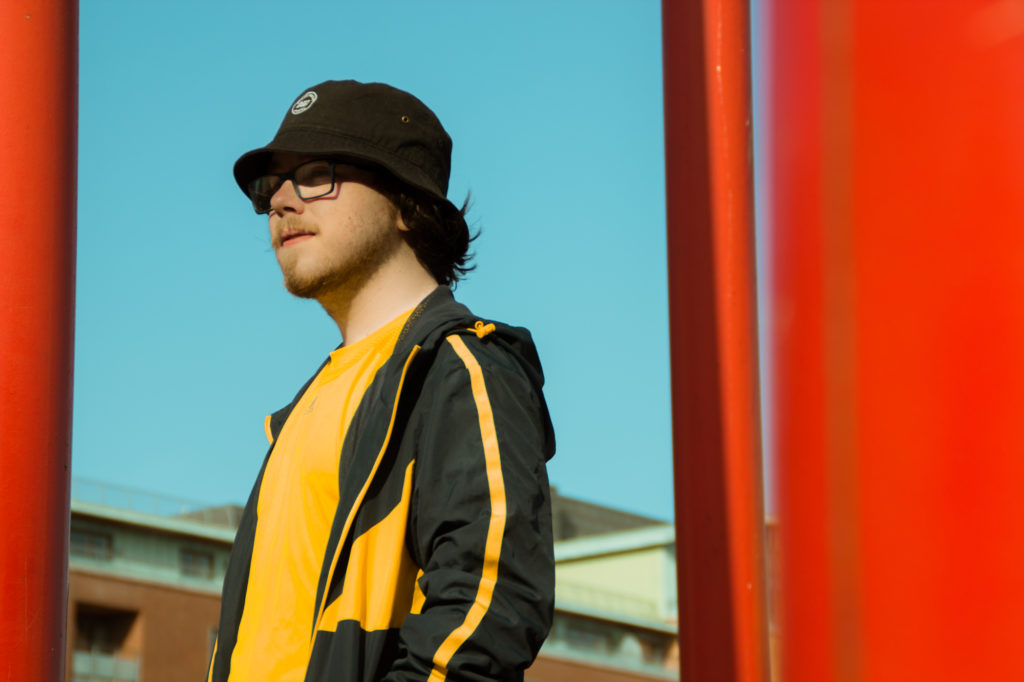

This obsession with finding the original cuts that gave his favourite hip hop records a special magic evolved into the online digging that is commonplace today on Discogs and WhoSampled. Typically executed in tandem with a self-taught process that is only driven by what sounds good, it forms the basis for the approach that is so pervasive in the internet era.
“The information is free to learn on Youtube. Where you would have had to put a couple of grand on a studio where you would have to have your music well-rehearsed, well prepared, well structured and ready to go when you come in. Whereas now you can do the experimentation that comes with hip hop music, where you get a sample and play around with it and see what happens.”
Petrichor
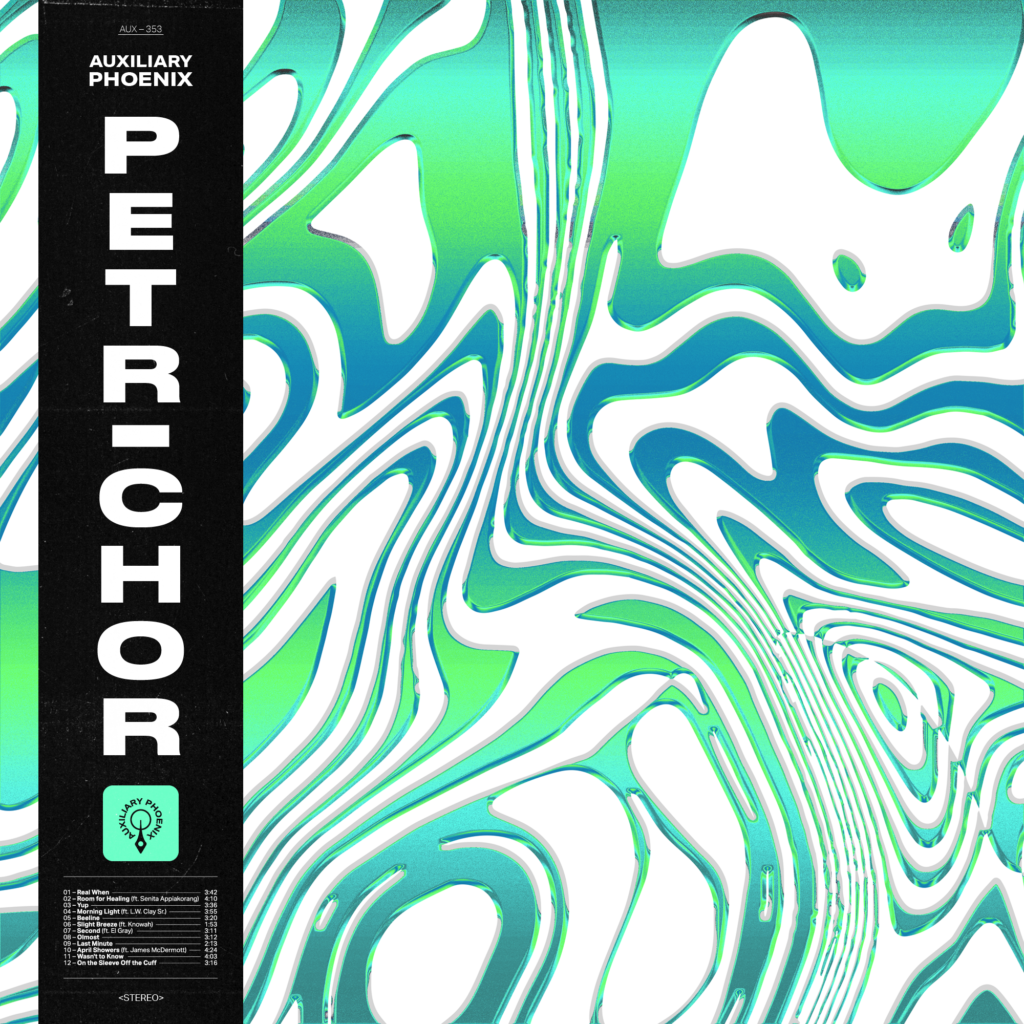

When the DIY sensibilities of this generation’s bedroom producers coalesce with the experimental sounds of west coast jazz-fusion innovators the result is predictably, pretty special.
Auxiliary Phoenix isn’t concerned with any traditional ideas about genre. His latest album Petrichor is a 12 track, self-produced jazz odyssey that borrows inspiration from the likes of Flying Lotus and Yussef Kamaal whilst staying true to his DIY roots.
From a practical point of view, technological innovations and pioneers like Tom Misch mean making jazz-influenced sounds on your own terms has never been more accessible. What’s more is a generation of people that felt intimidated by the suits, formal instruments and strict code of conduct now have heroes they can relate to. Robert Glasper is making jazz-hip hop crossovers in jeans and a t-shirt, Thundercat is slapping the bass and singing about being covered in cat hair and Flying Lotus – the nephew of John Coletrane is scoring Anime. Nothing is off-limits anymore.
Soft Boy Records producer Gaptoof understands this better than most. The Cork artist positions himself at the intersection between the traditional vanguard of jazz and the new wave of artists sampling classic records and sees the genre’s subversive qualities as a throughline between those eras.
“Jazz is very punk. It’s pushing the envelope and that’s how I would’ve understood it”, he explains.
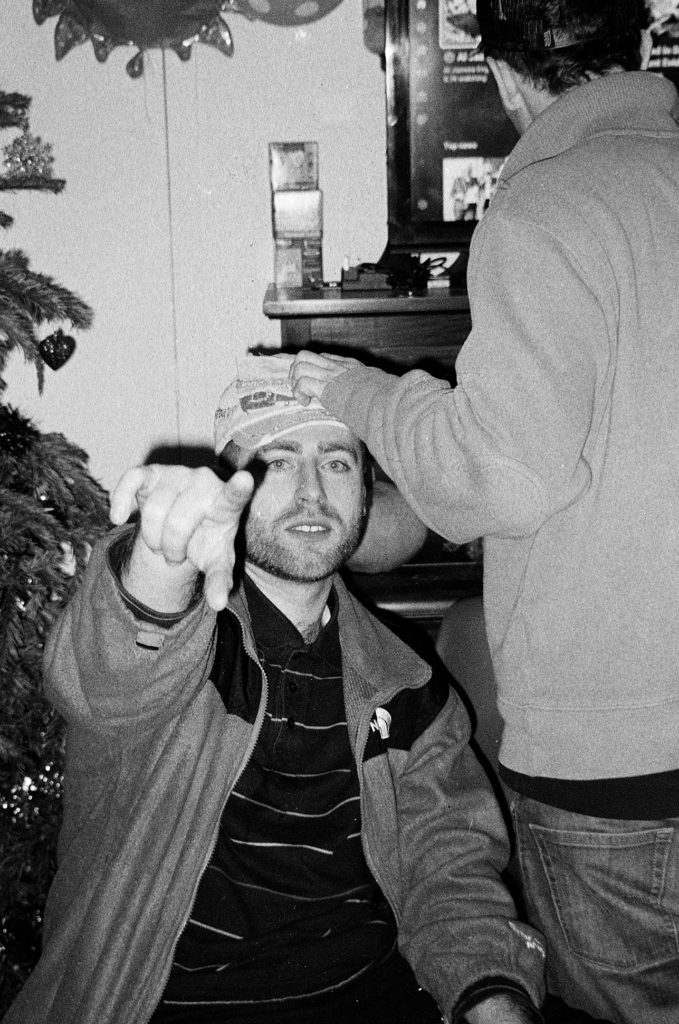

“The way Madlib flipped the jazz samples, he really brought that out in his beats, they had that grit and that feeling the original records had. He was the first I’d heard doing the jazz-rap thing really well.”
Though he grew up alongside the likes of fellow Cork native Jar Jar Jr and other producers that built sizable audiences on Soundcloud looping drums and giving old records new life, his initial introduction came through his father who was a jazz multi-instrumentalist.
It’s through this experience that he’s perfectly situated to utilise jazz and hip hop’s mutually beneficial relationship. The idea that jazz only influences hip hop and not the other way around is quickly dissolving and alongside the likes of Kojaque and Brién, Gaptoof is staying true to the subversive roots of jazz in his own reinventions whilst making sure to pay homage to the innovators that laid the groundwork.
Looks Like Rain
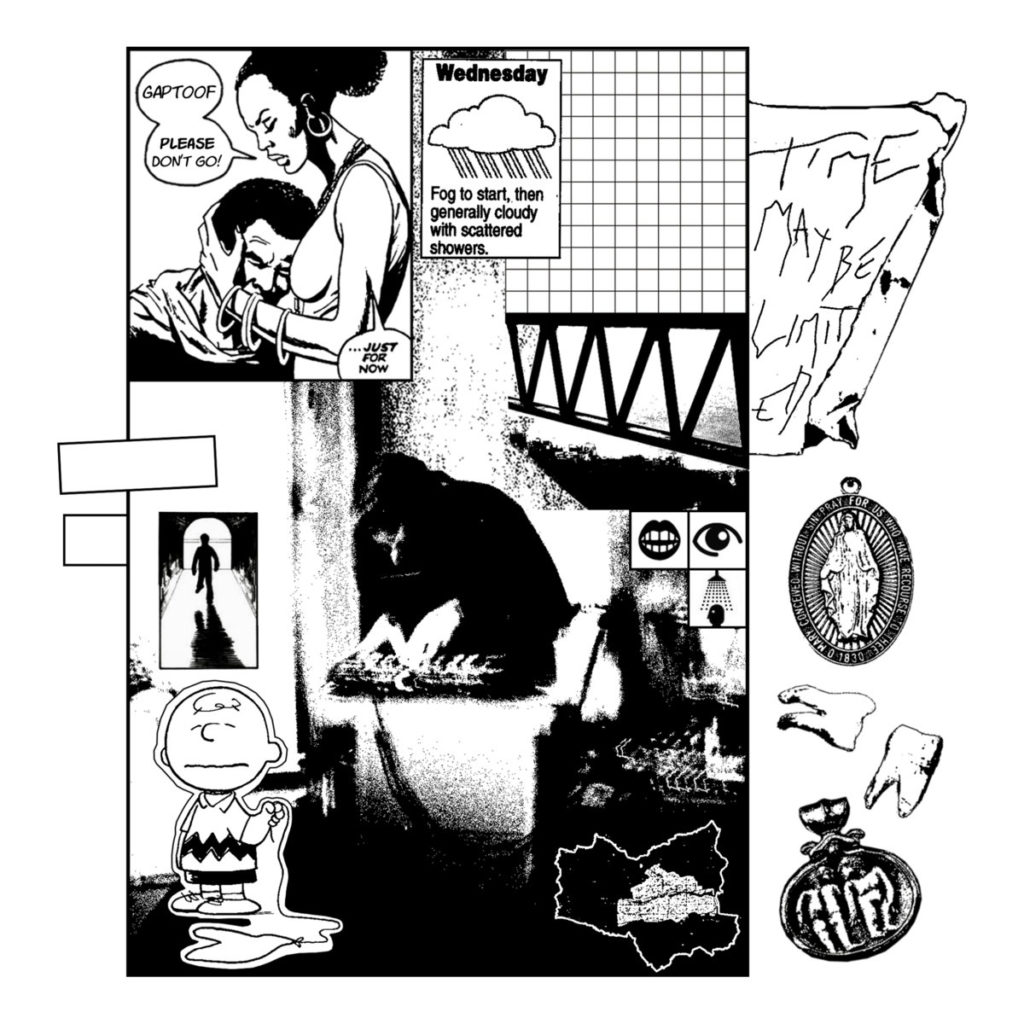

Soft Boy Records resident beatsmith Gaptoof has garnered a reputation as one of Ireland’s most revered hip hop producers. A certified sampling wizard, he’s gone from bedroom to main-stage as he’s graced the stage as part of his label’s Boiler Room set. His critically acclaimed jazz, hip hop crossover album Looks Like Rain highlights his ability as an orchestrator capable of sharing the stage with a slew of artists ranging from Kofi Stone and Kojaque to Kean Kavanagh.
Likewise, former Shookrah frontwoman Senita Appiakorang shares the same respect for traditional jazz without letting it restrict her creative vision. Having studied the genre at University, she familiarised herself with the greats whilst cutting her teeth but gravitated towards modern and innovative references like Esperanza Spalding and Gretchen Parlato. It’s a familiar story for a generation that grew up studying jazz but listened to Slum Village and The Roots.
“I wasn’t singing Billie Holiday stuff or thinking if I want to do jazz professionally then I have to go into this high brow thing and go off and learn all the jazz standards. I want to be fresh and have exposure to rap artists and different things like that” she says.


While sampling jazz is the bread and butter of much of hip hop and the parallels between freestyling and improv, scatting and rapping are crystal clear, Senita highlights the origins of both share cultural DNA. Jazz and hip hop were born out of oppression and there’s a shared incentive to maintain anti-establishment and educational values.
Shookrah
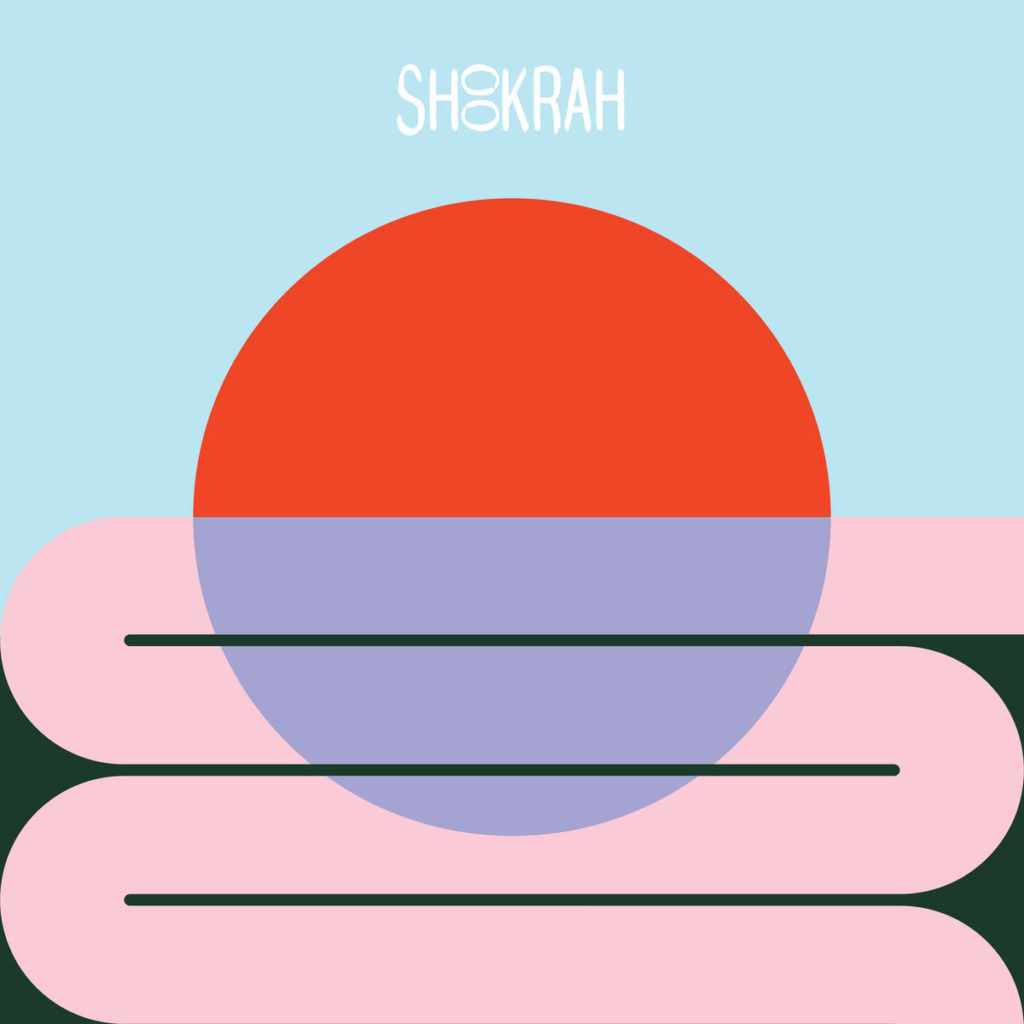

Having established herself as a trailblazer in the Irish scene, Senita Appiakorang occupies a fluid space that would swallow up less experienced acts. Previously fronting the hugely successful future soul group Shookrah, their final album followed the footsteps of acts like The Internet and Hiatus Kaiyote, defying convention and exploring the intersection of jazz, soul, funk and hip hop.
“You’ll notice the types of hip hop artists that will use a jazz musician or sample – it’s often thought leaders in hip hop, the likes of Common, Kendrick Lamar, Mos Def, Kanye West even. They’ll also be a little more experimental, dipping into other genre pools that are not associated with it, that are highbrow, to maybe add that tone in a subtle way, ‘I’m going to make you think, but I’m also going to make you bop’ which is a cool trick.”
While the history of the sound often commands a thoughtful response, Nealo explains that the emotive qualities of the instrumentation frequently evokes the kind of vulnerable responses that were at one point rare in rap. When the RTÉ Choice Prize-nominated spitter was weaving through an assault course of different production styles to find his sound he recalls being stopped in his tracks by the sounds of the saxophone.


“That was the reason I got attracted to it in the first place. I didn’t start off by saying ‘im going to rap over jazz and only jazz’, I just found that through Uly. He was the first one to send me beats in that style it was him and Adam Garrett making them together and once they sent over some of those instrumentals I was like ‘this is opening up something in me…'”, he says.
“It opens up a more vulnerable part of your writing process and allows you to emote more stuff.”
All The Leaves Are Falling


Clonsilla rapper Nealo took a long and unconventional path from hardcore to hip hop, but the life experience inbetween forms the basis for his evocative and often confessional brand of jazz rap.
His debut album All The Leaves Are Falling combines Ireland’s rich history of storytelling with a modern lens, exploring his bittersweet relationship with the city that raised him.
Nealo isn’t alone in that respect. The same is true for Chamomile Records artist Monjola who burst onto the scene during lockdown with his brand of paradoxically brilliant hip hop and neo-soul that is as carefree as it is introspective. For the Dublin native, crafting a song requires a number of different building blocks. The foundation of which nearly always is built out of a love for poetry and the kind of introspective lyricism that Common and Erykah Badu brought to the booth. While popular styles and trends come and go, Monjola contends that the core of jazz, hip hop and soul’s intersection provides the perfect starting point for innovation.
“The Neptunes really created a sound and changed pop. They made something completely different. The music I make a lot of the time is hip hop but it is also alternative pop” he explains.
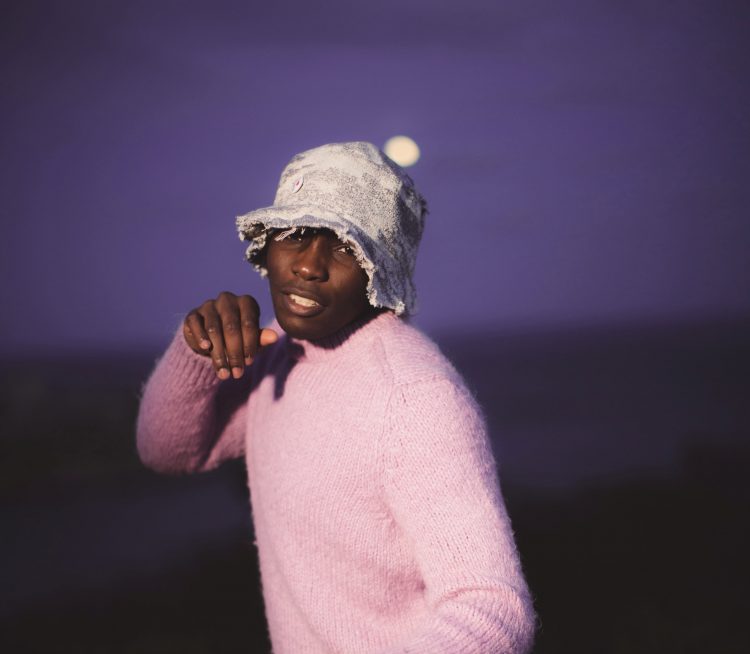

“For me, before I was making music I was always writing and into poetry and stuff, I was really inspired by hip hop inspired jazz. The lyricism is always very prominent and you really hear what they are saying. Common, Slum Village, Andre 3000, it’s like the lyricism, the flows the rhythm – everything about it is down to the way they write.”
“Whenever I’m freestyling with my mates they are always on drill beats, but even if I am freestyling or messing around I find it easier to say things I am going through cause it makes it a lot easier to talk about. With neo-soul and r&b there’s a lot more focus on the lyricism.”
Know You
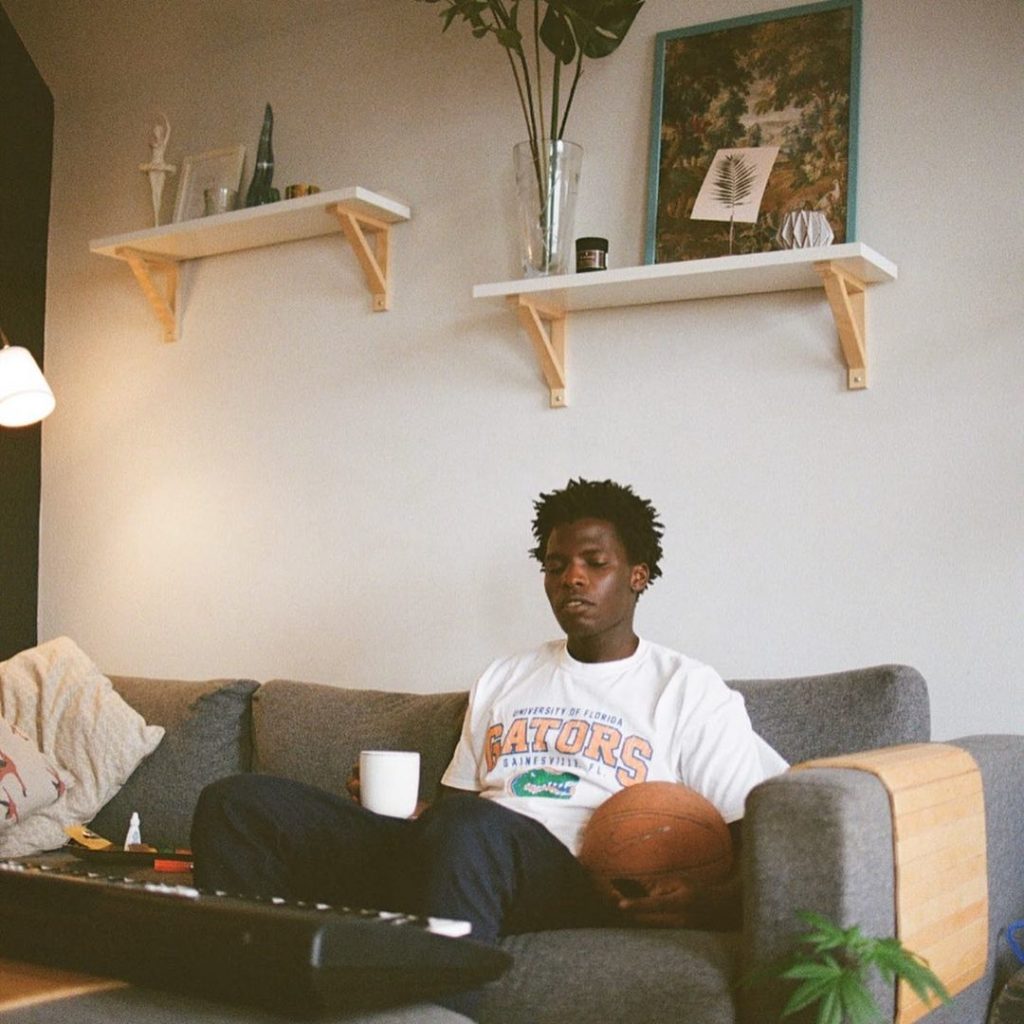

The first thing that hits in Monjola’s ‘Know You’ is the bassline. While it shares DNA with the works of A Tribe Called Quest, the hook and slick delivery harks back to early Pharrell ventures. It’s the best example of the shape-shifting artist’s penchant for hand picking elements from different arenas and melding them into a uniquely Monjola record.
In truth, it makes sense that jazz and hip hop have become the linchpin for a wave of innovators in Ireland. Grounded by the island’s history of storytelling and emboldened by the experimental tendencies of jazz and the freedom of the internet, acts are pushing the envelope in a way that feels natural.
“I feel like it is very accessible through hip hop now”, Auxiliary Phoenix admits.
“I feel like hip hop in a way is an extension of jazz… it all comes from the same cultures. Hip hop was stepping jazzier and jazzier in the late 80s early 90s with The Native Tongues and A Tribe Called Quest, it started to really move over in a jazz direction and now jazz is stepping back over to meet hip hop halfway. There’s a generation of people who grew up on hip hop and are jazz musicians and are making jazz in the form of hip hop or under the structure of hip hop.”
Where jazz once felt like an uptight and inaccessible genre confined to smokey jazz bars and practice rooms, it’s now a spice that adds flavour to a soup for artists that are allergic to neat categorisation.
Please drink Jameson Black Barrel responsibly.





